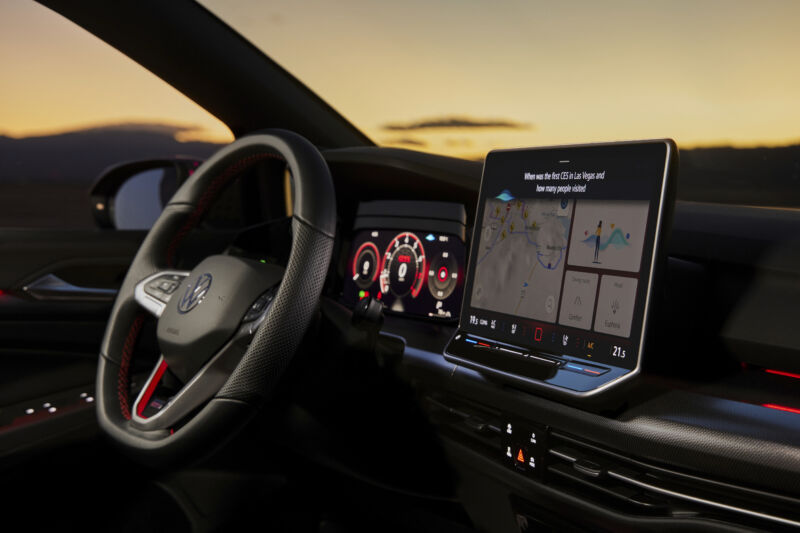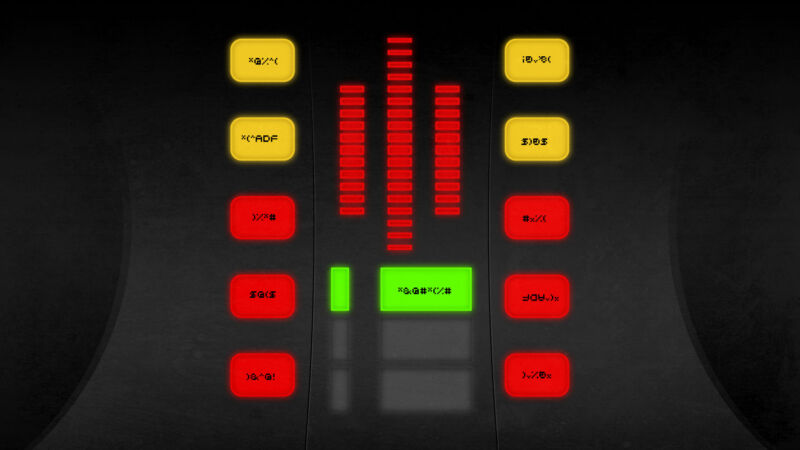-
 chevron_right
chevron_right
Volkswagen is adding ChatGPT to its infotainment system
news.movim.eu / ArsTechnica · Monday, 8 January - 16:00 · 1 minute

Enlarge / From mid-2024, ChatGPT is coming to VWs. (credit: Volkswagen)
This year's Consumer Electronics Show got underway in Las Vegas today. For nearly a decade, automakers and their suppliers have increasingly expanded their presence at CES, such that today, it's arguably a more important auto show than the once-proud, now-sad, extremely under-attended events held in places like Chicago, Detroit, and Los Angeles. Volkswagen is one of the first automakers out of the blocks with CES news this morning. Working with the voice recognition company Cerence, VW is adding ChatGPT to its infotainment system.
We first experienced Cerence's excellent in-car voice recognition at CES in 2016 —back then, it was still part of parent company Nuance, and the system was called Dragon Drive. Nuance spun Cerence off in 2019, and its conversational AI and natural language processing can be enjoyed in current Mercedes and BMW infotainment systems, among others. I remain in the minority here, but I think it really does make a good alternative to poking away at a touchscreen .
From mid-2024, we can add the VW ID.3, ID.4, ID.5, ID.7, Tiguan, Passat, and Golf to the list of cars with decent voice commands. Using "Hello IDA" as the prompt, VW drivers will be able to control their infotainment, navigation, and climate control by voice, and there's also a general-knowledge search built in. VW notes that ChatGPT doesn't get access to any vehicle data, and search queries and answers are deleted immediately. The feature should come to VW electric vehicles if those vehicles already have the latest infotainment system, VW told Ars.

